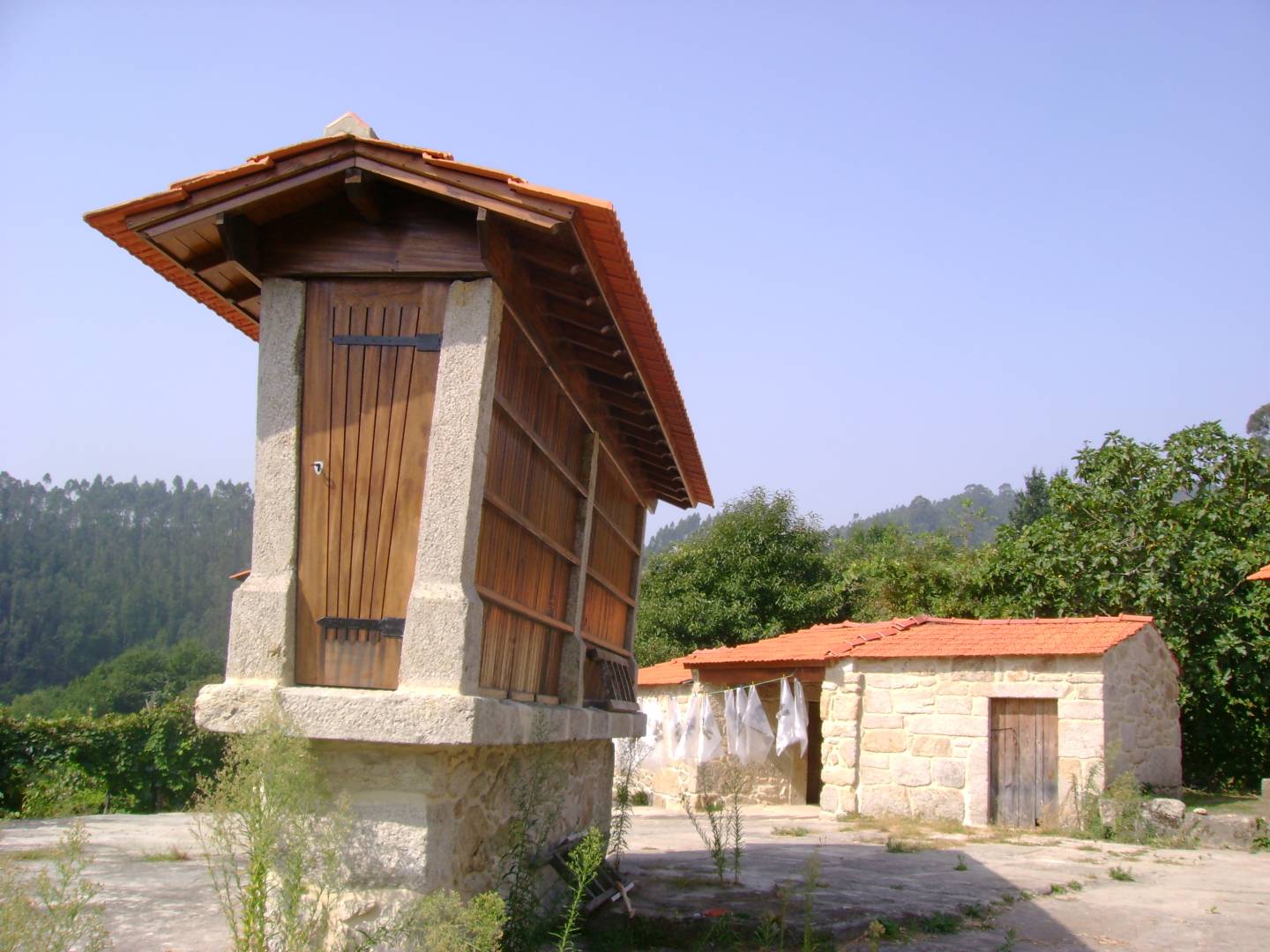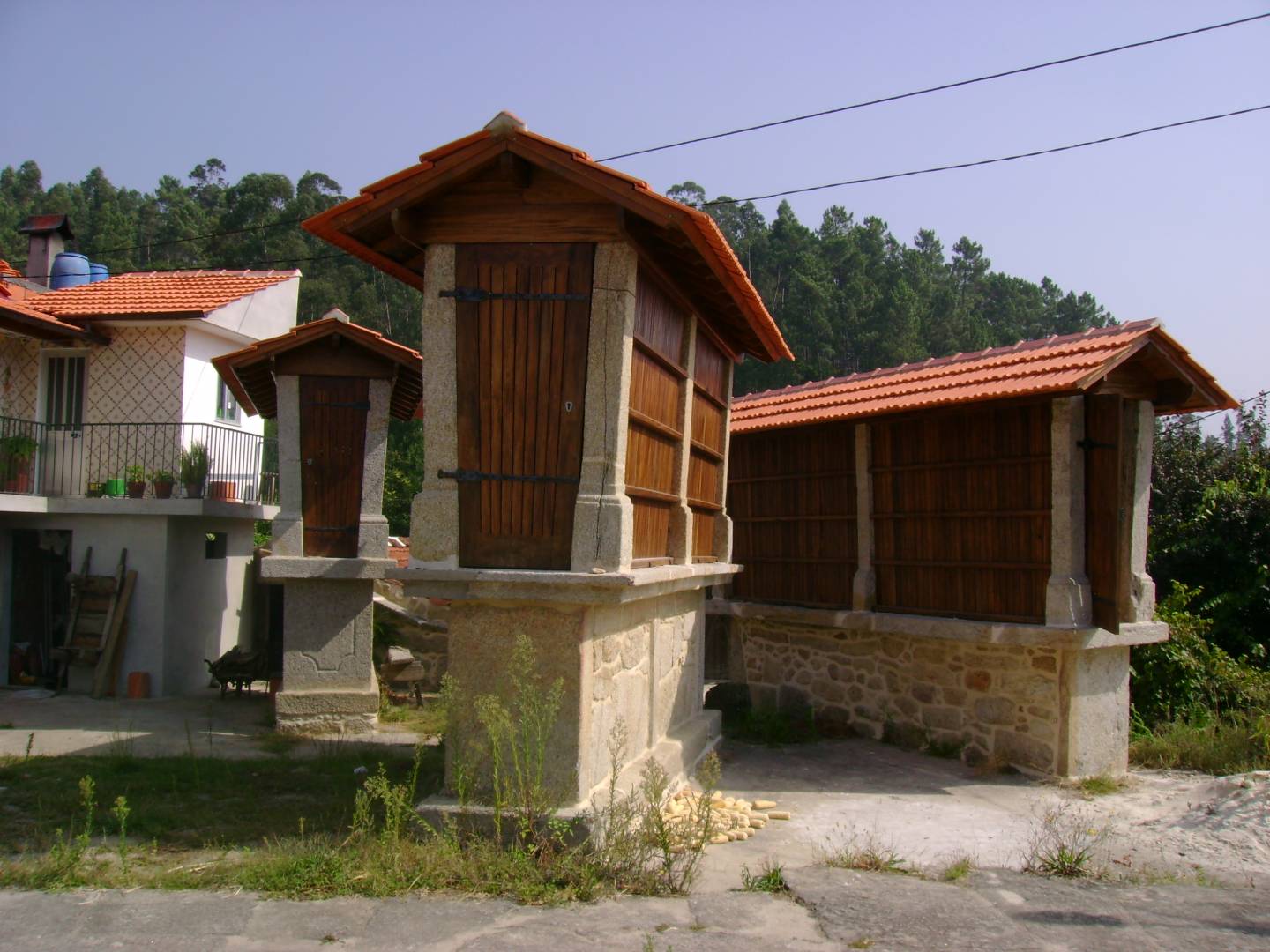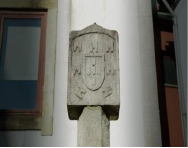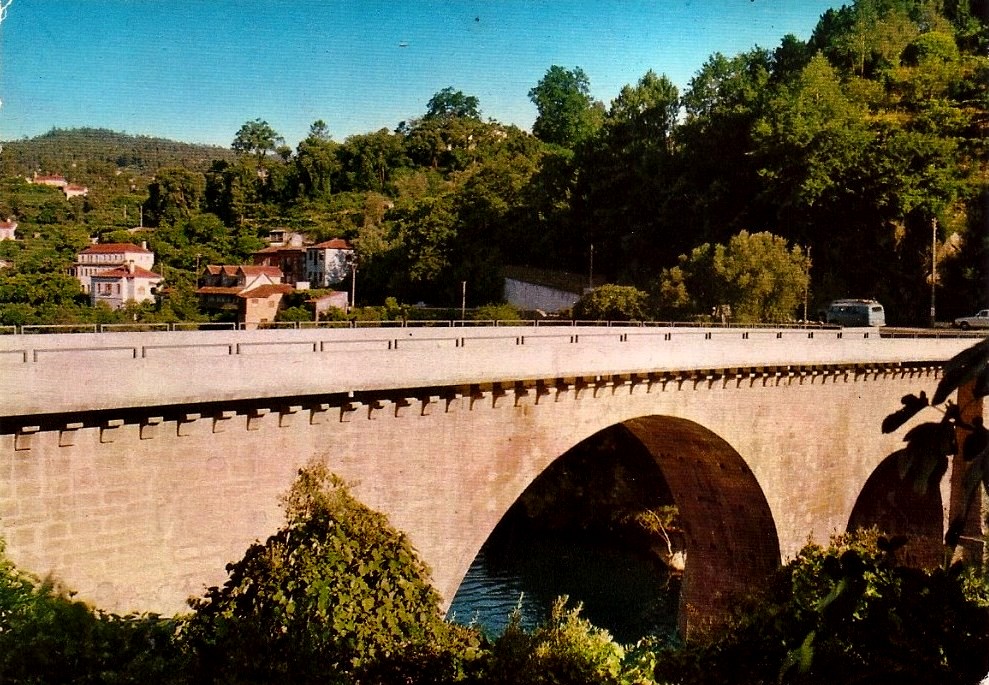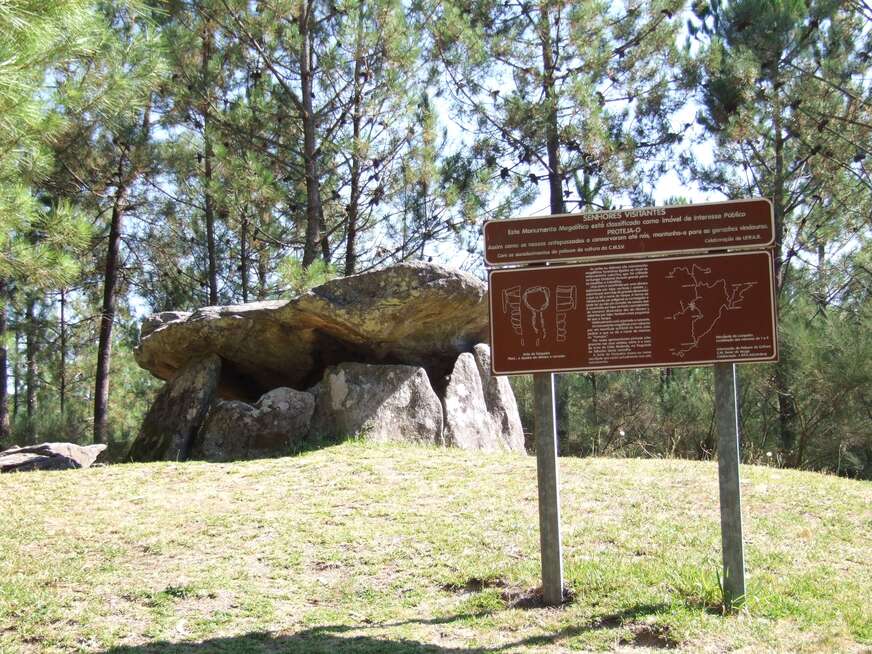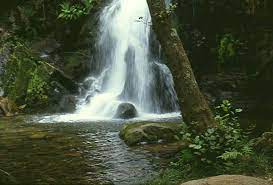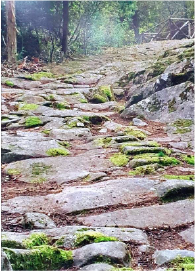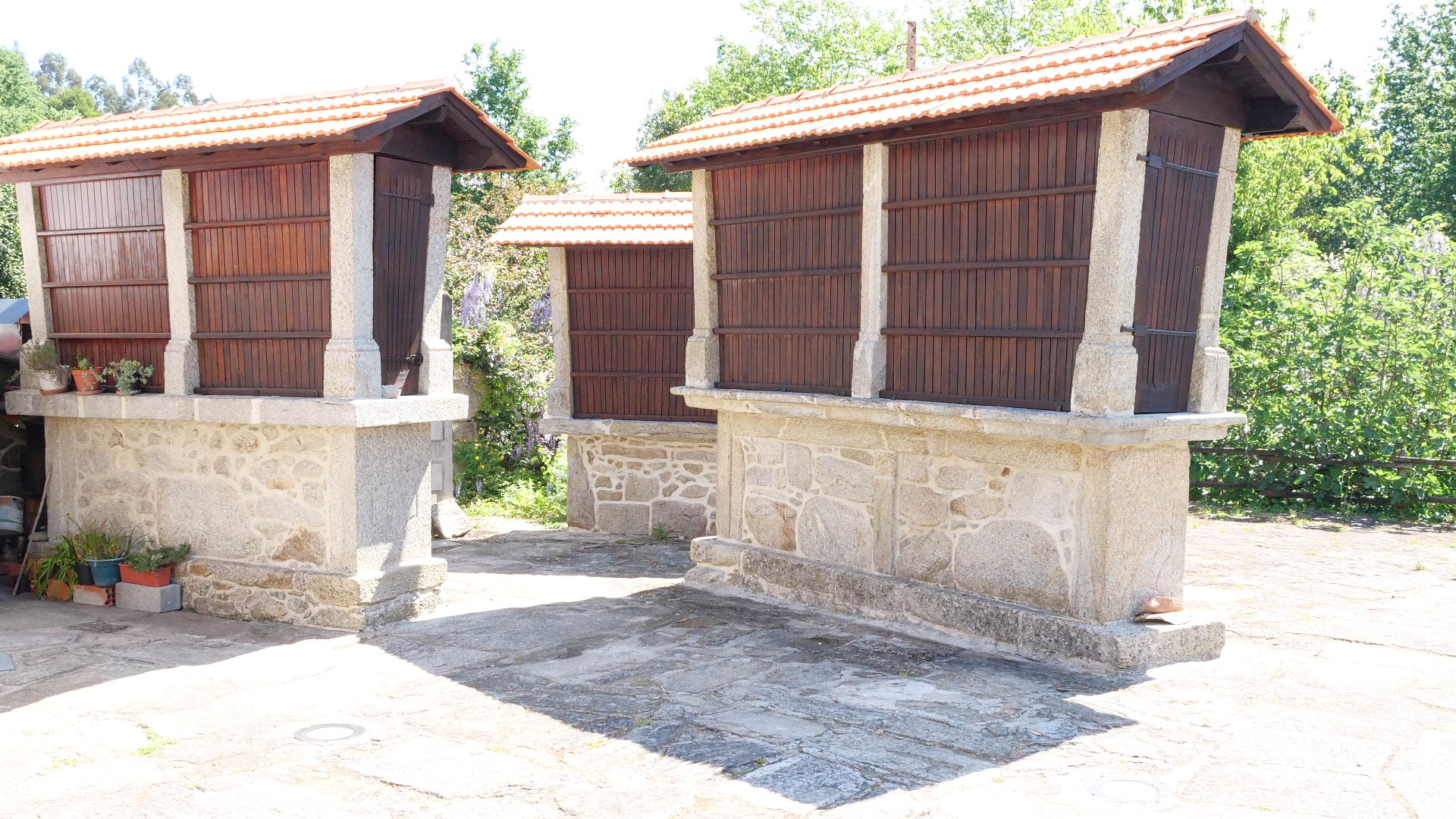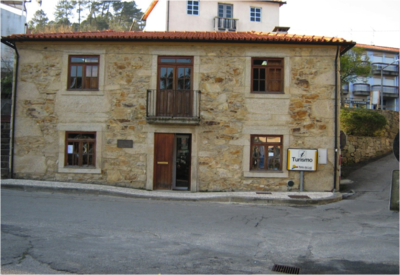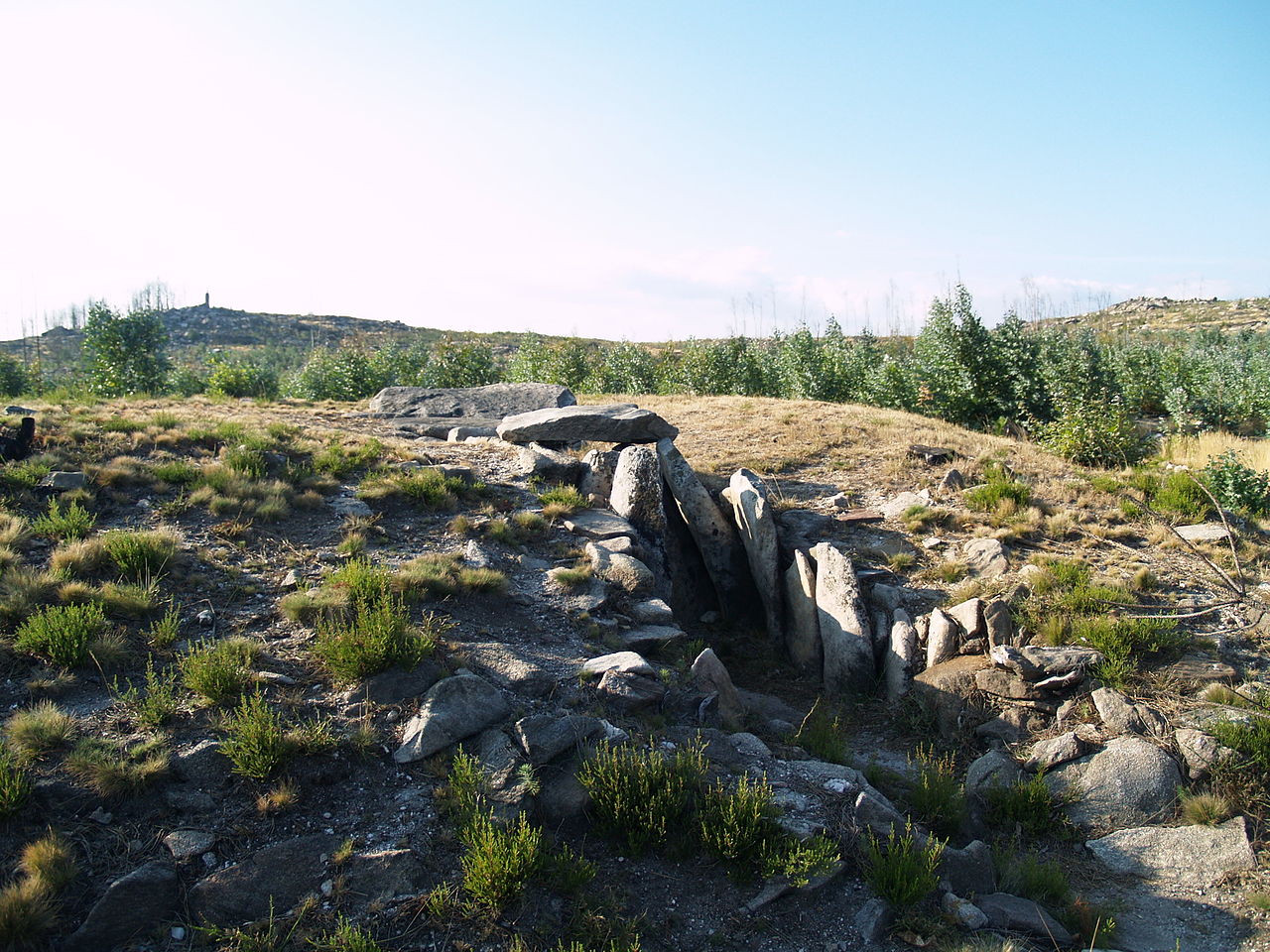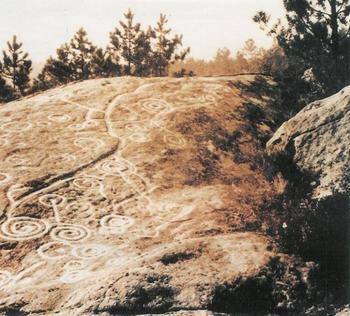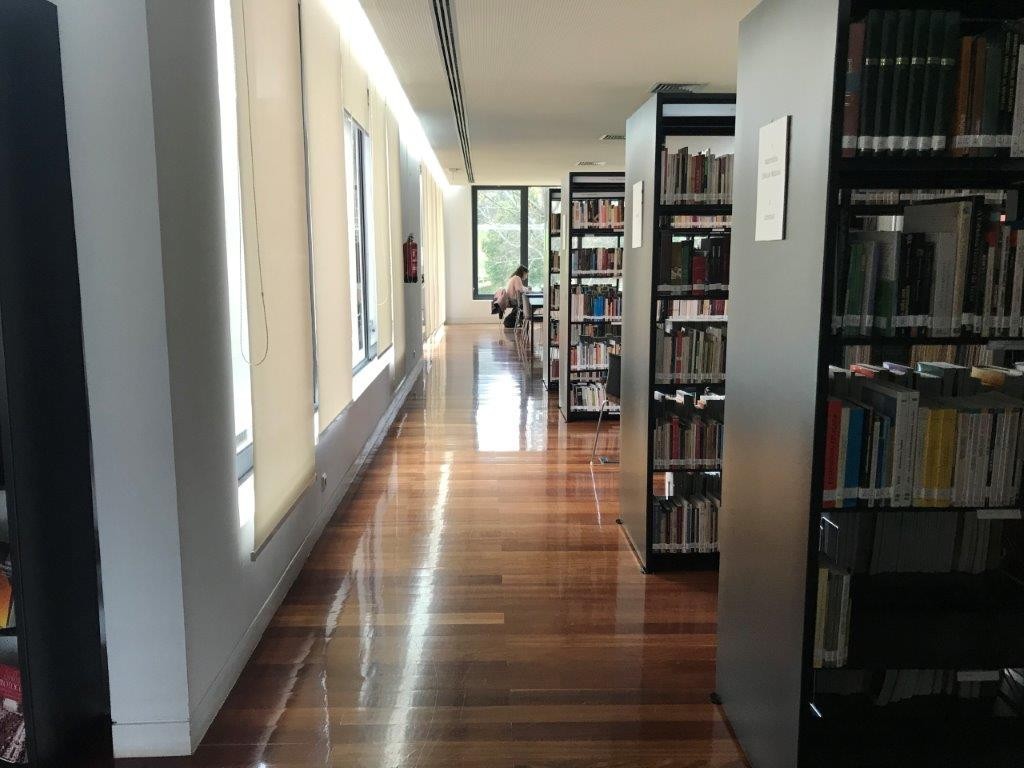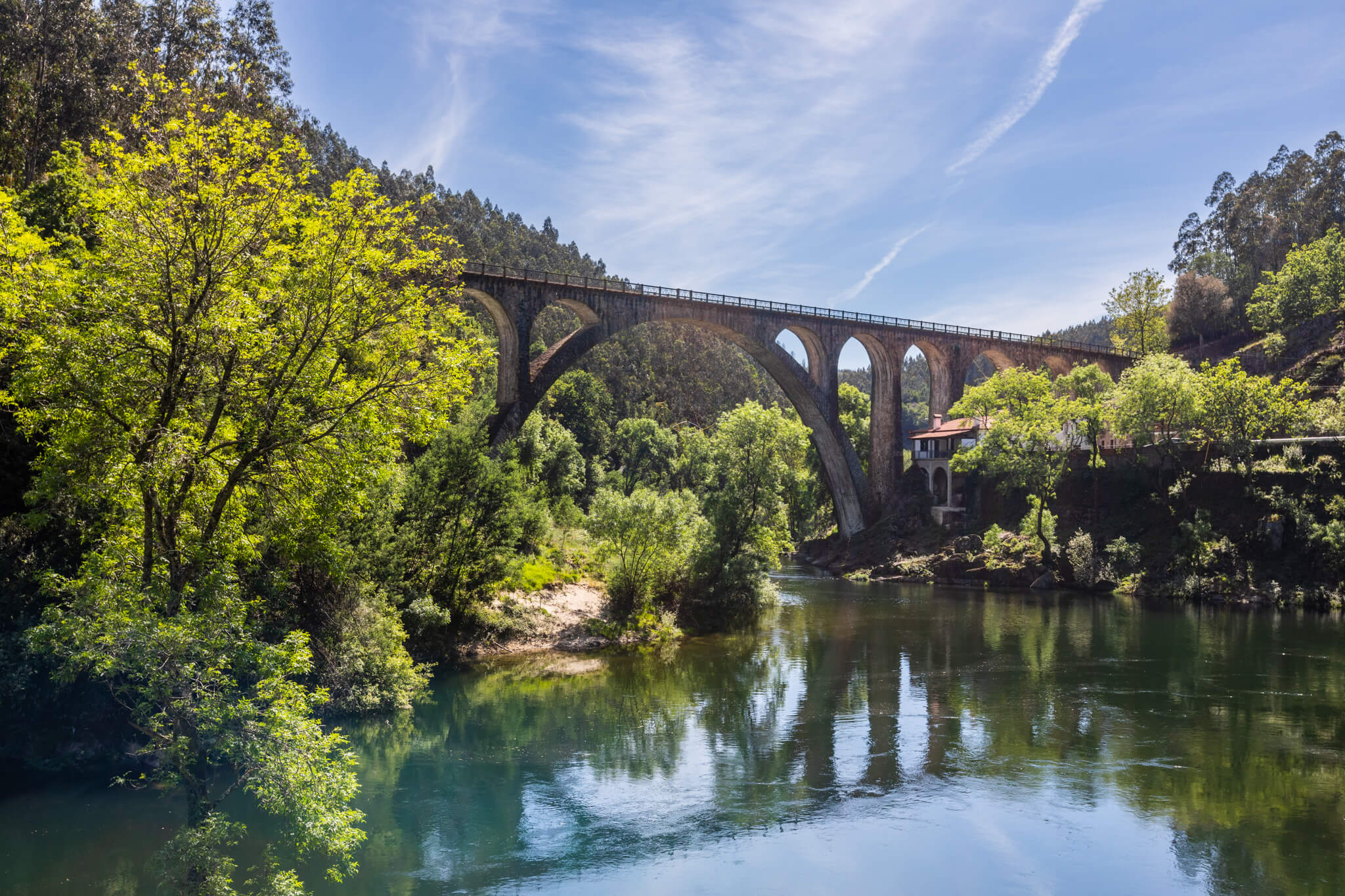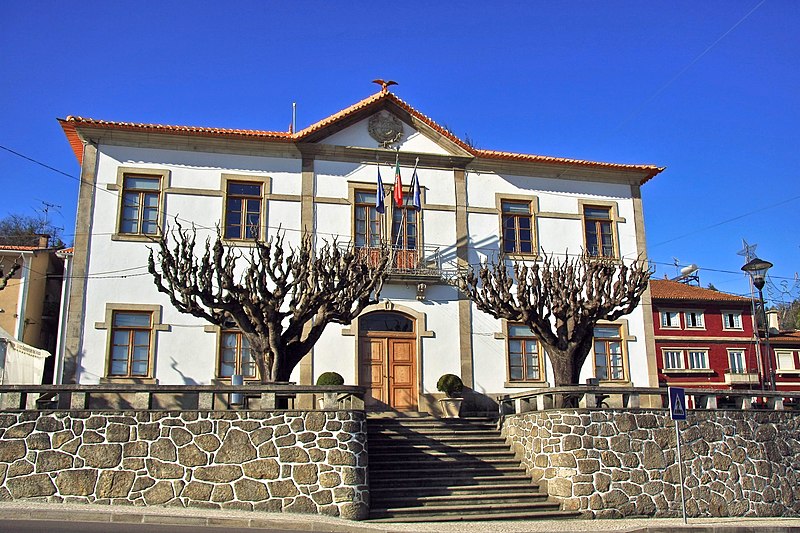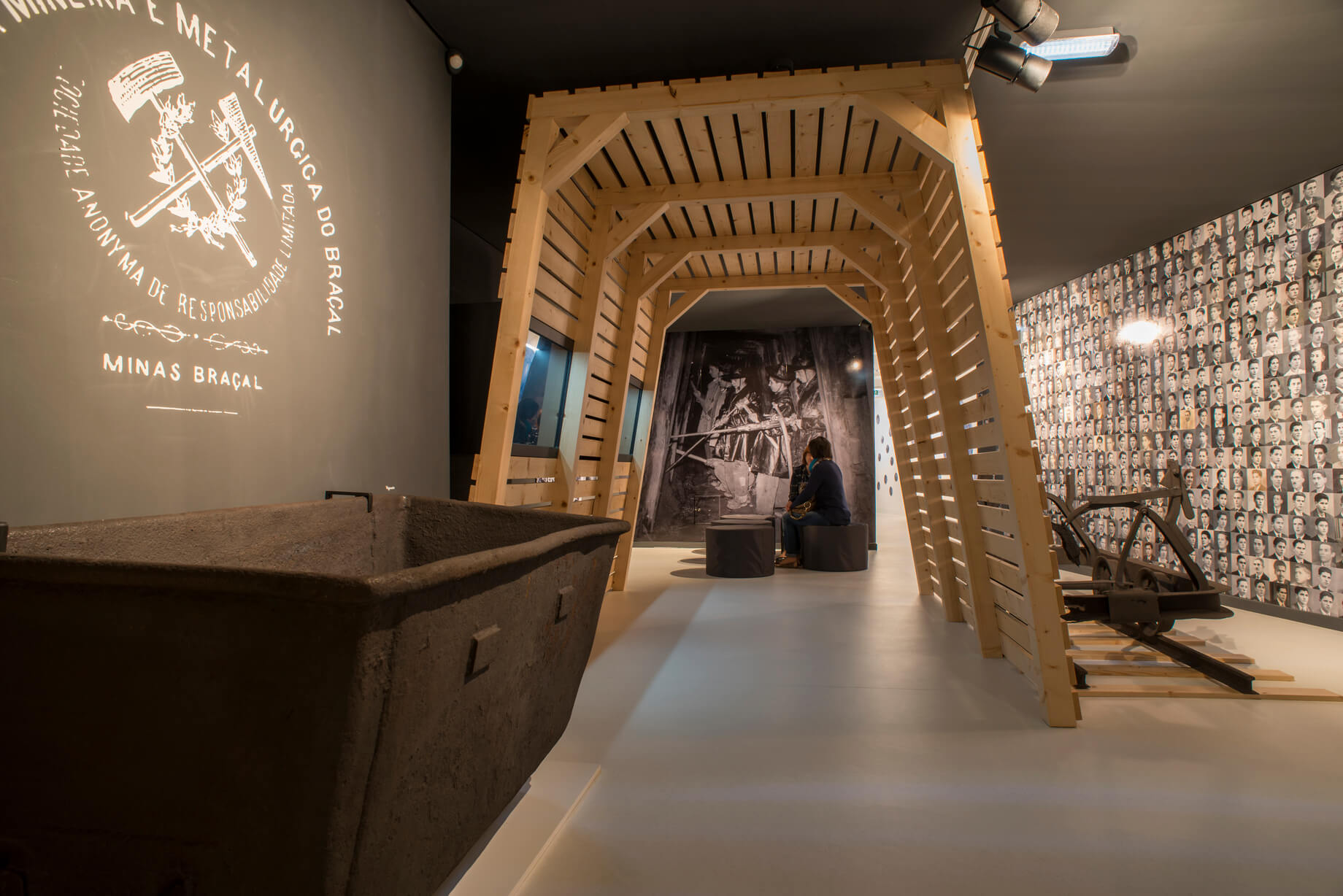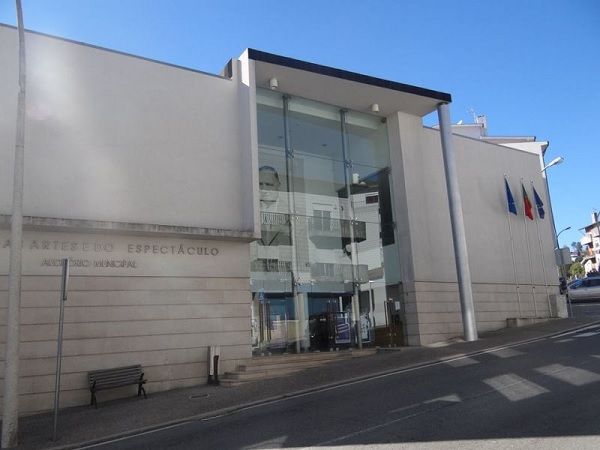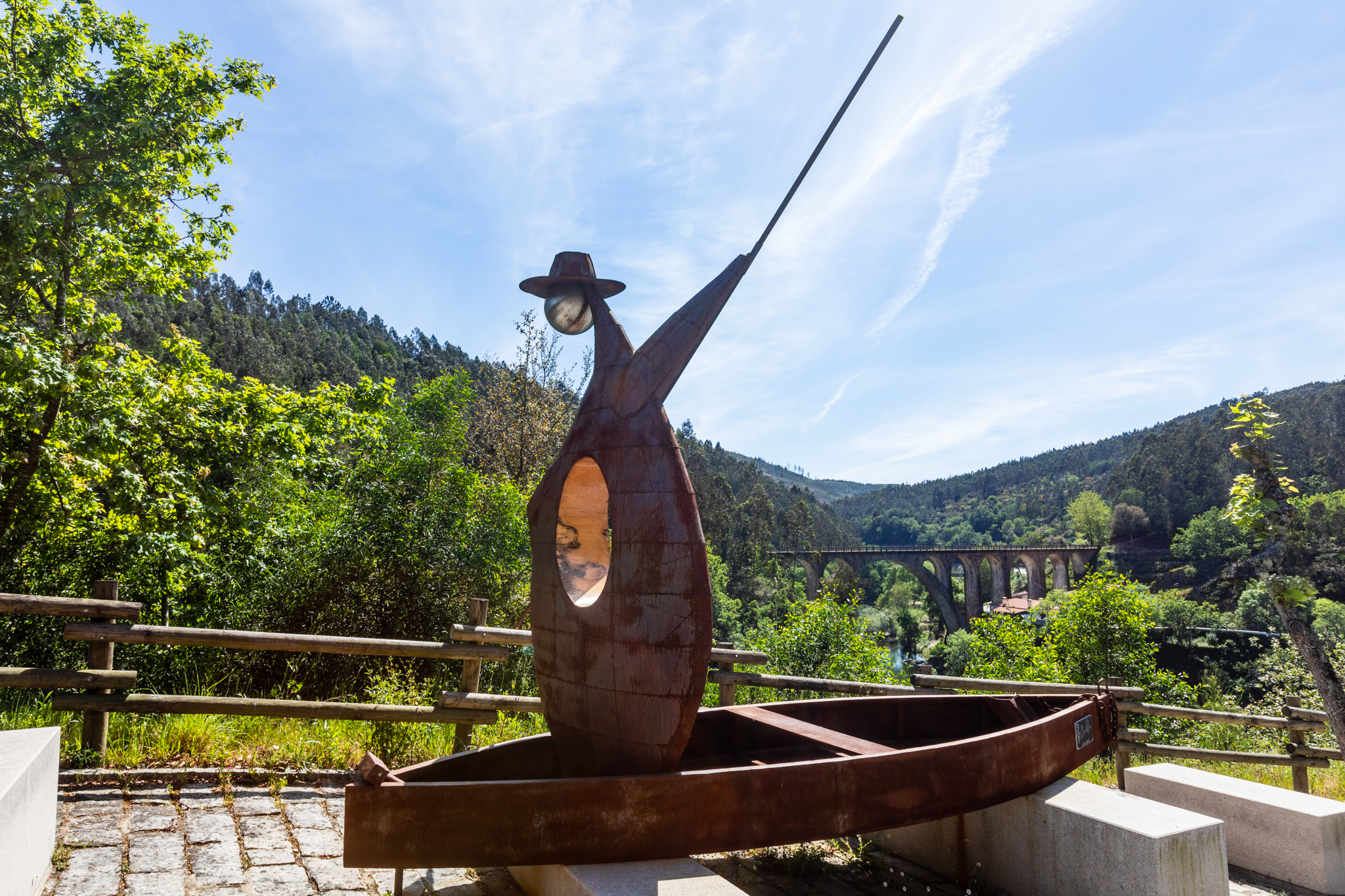Growing maize is an ancient practice in the municipality of Sever do Vouga.
Storing agricultural surpluses is an age-old custom, with the aim of providing for the needs of future times of scarcity.
Once the maize had been harvested, it was stored in the granaries, which in Sever do Vouga typically have walls with a slight slope, so that the rain wouldn't alter their quality. Another characteristic is the small ventilation openings. The granaries were divided into barracks, the most common in this region being three barracks, with an average length of 5 metres. The interior could be accessed through the door or side doors, which were also arranged in a slatted design. Their construction can be admired in stone or wood and they are a strong reference to the rural economy of the villages.
The maize cycle manifests itself in various stages of deep-rooted customs, from sowing, harvesting, defoliation, threshing and drying on threshing floors, storage in granaries or canasters and transport to the mills.
Numerous examples can be seen all over Sever do Vouga, and you must visit the villages of Amiais, Vilarinho and the Cedrim Community Threshing Floor.


